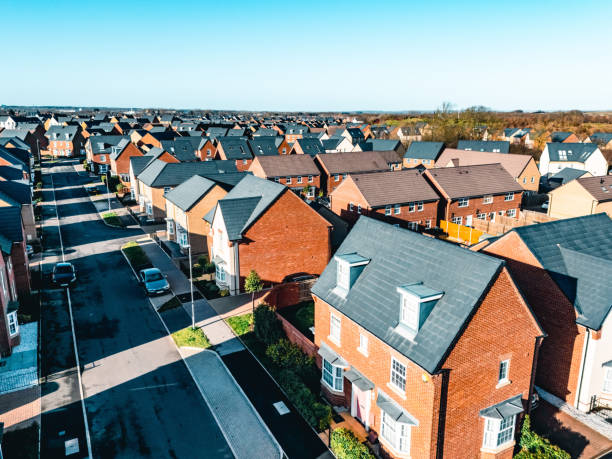If you have a property to rent, there are many good reasons to do so, not least because you can command a good rent if you live in an area where there is a shortfall in demand.
This can occur even though in many parts of the country, homes are constructed on a specific build-to-rent basis. Originally this only happened in London, but has gradually spread, with the first major build-to-let development outside the capital, Clippers Quay in Salford, being completed in 2019.
Where city regions like Greater Manchester have gone, others have followed. However, construction rates are slowing, which could reduce the supply of rental homes.
Research by London-based estate agency Savills for the British Property Federation (BPF) found a mixed picture over the last year.
On the one hand, the number of purpose-built rental properties in the UK increased by 23 per cent to 120,000 last year. On the other, the number of new build-to-rent homes being built is now falling, down 20 per cent from a year ago.
Moreover, while there are 103,000 build-to-rent homes in the planning process and 54,500 with planning permission in place, the number of planning applications has fallen by 12 per cent in the last year.
It might be somewhat premature to conclude that build-to-rent has hit a peak and is now in decline, but whether this is a short-term slowdown or the start of a downward trend, perhaps in response to new legislation contained in the Renters’ Rights Bill, it could have a short-term impact on supply even if it is not a long-term impact.
However, this could be a lasting trend unless something is done to support the sector, according to BPF director of policy Ian Fletcher. He said the impact of “increased regulatory and other costs that have faced the sector for the last few years is starting to take its toll on new schemes.”
He added: “Investors continue to be interested in build-to-rent for the UK market but we need to see policy that encourages schemes to progress.”
The extent of the growing gap between starts and completions in build-to-rent is more acute in the regions, where it has fallen by 23 per cent, than in London, where the drop was 11 per cent. That means shortfalls in supply are more likely in areas such as the East Midlands.
Some have claimed the rental sector is set to decline due to the provisions of the Renters Rights Bill, such as a ban on section 21 evictions. Not everyone is so negative, however, with the BPF broadly supportive, albeit with the caveat that there needs to be streamlined court procedures to help landlords recover properties in the absence of Section 21.
However, the changing picture in the rental sector is a reflection of all sorts of different regulations and economic factors. If these deter some from building new homes for rent, however, that is no reason for those with an existing property they can rent out not to do so, as high demand will help ensure it provides a good source of rental income.






